Growing up, my mom would always pack me bento boxes for lunch. When I lived in the U.S., I (regretfully) felt embarrassed because my lunch looked and tasted so different from what my classmates were eating. While everyone else had sandwiches or nuggets, I had rice, pickles, fish, or colorful little side dishes that didn’t fit in with the standard American lunch.
But looking back now, I wish I had been more grateful and proud of my heritage – the flavors, textures, and care that went into those meals are truly incredible.
Bento boxes are a small but beautiful reflection of Japanese culture, and they’re worth celebrating.
Here, you’ll find a full step-by-step guide, including traditional bento types, seasonal ingredients, and packing tips. Enjoy!

Table of Contents:
- What Is a Bento Box?
- Types of Bento Boxes
- Building a Balanced Bento
- Bento Packing Tips
- My Favorite Bento Foods
What Is a Bento Box?
A bento is a single-portion, carefully arranged meal, usually packed in a box or container. Traditionally, it includes a balance of flavors, colors, and nutrients… rice or noodles, protein such as fish, chicken, or tofu, and a variety of vegetables and pickles.
The art of arranging the food is just as important as the taste; a bento should be visually appealing, often with colorful ingredients and small details like cut-out shapes or seasonal garnishes. Beyond aesthetics, the bento is also about balance and thoughtfulness. It’s designed to be satisfying, healthy, and convenient for the person eating it.
Bento boxes have a long history in Japan. The term “bento” originally referred to a convenient meal for travelers or workers, dating back to the 12th century, and over time it evolved into a cultural staple.
By the Edo period (1603–1868), bento had become common at festivals, theater performances, and even for picnics. Today, bento boxes appear in countless forms, from home-packed lunches to elaborate ekiben sold at train stations, reflecting both practicality and creativity in Japanese cuisine.
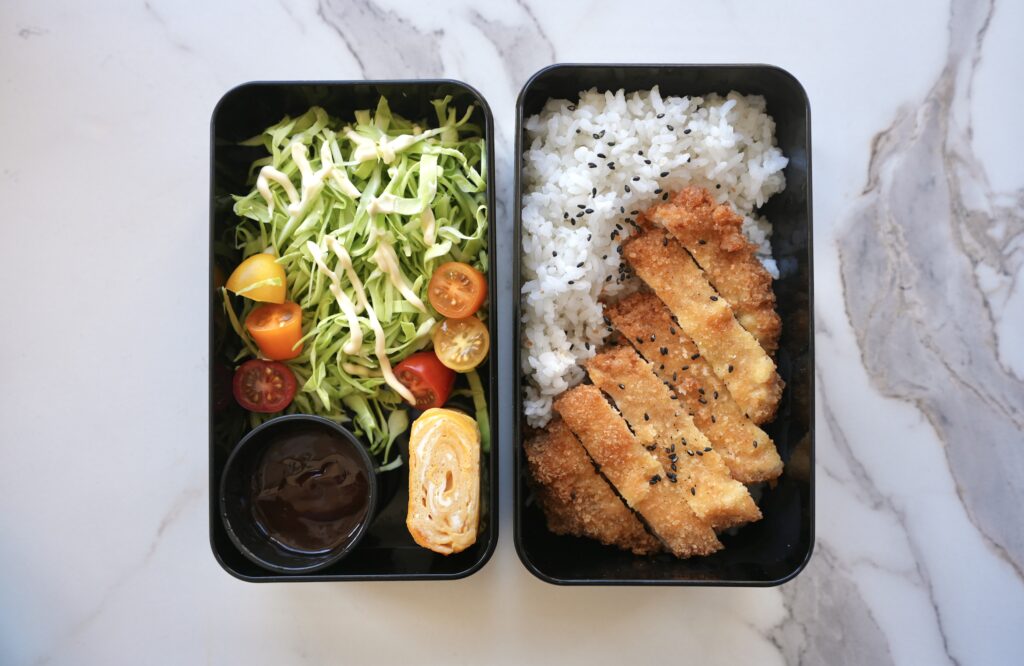
Types of Bento Boxes
There are several traditional bento styles, and each has its own charm:
- Makunouchi Bento: A classic, well-balanced lunch box with rice, protein, pickles, and small side dishes. Often beautifully arranged.
- Kyaraben (Character Bento): Fun and creative, these bento feature foods shaped into animals, cartoons, or characters from popular culture. Perfect for kids or anyone who loves cute meals.
- Ekiben: Sold at train stations, these bento are designed for travelers and often showcase local ingredients and specialties. Side note – “eki” in “ekiben” means train station!
- Shokado Bento: Elegant and compartmentalized, often served in restaurants or for formal occasions.
Building a Balanced Bento
When making a bento, aim for balance and variety:
- Base: Rice (plain, seasoned, or shaped into onigiri), noodles, or even mixed grains.
- Protein: Grilled fish, chicken teriyaki, tamagoyaki (rolled omelet), tofu, or even shrimp tempura.
- Vegetables: Pickles, steamed or sautéed vegetables, or fresh salad. Use a mix of colors to make the box visually appealing.
- Extras: Fruits, small desserts, or edamame. Season with sesame seeds, nori, or sauces for flavor and decoration.

Bento Packing Tips
- Compartmentalize: Use dividers or silicone cups to separate flavors and textures.
- Think Color!: Try to include at least three colors: green, yellow/orange, and red/pink. This will make the meal visually appealing.
- Keep it Compact: Bento boxes are portable, so pack tightly but not overly crowded.
- Prep Ahead: Many bento ingredients can be cooked in advance and stored in the fridge for the week.
The best bento boxes are a feast for both the eyes and the stomach. They’re a reflection of care, creativity, and culture. A way to make even a simple lunch feel special.
Whether you’re aiming for a traditional Japanese lunch or a modern, colorful twist, bento boxes are versatile and fun.
Start simple, experiment with flavors and colors, and remember: the effort you put into your bento is part of the joy of eating it.

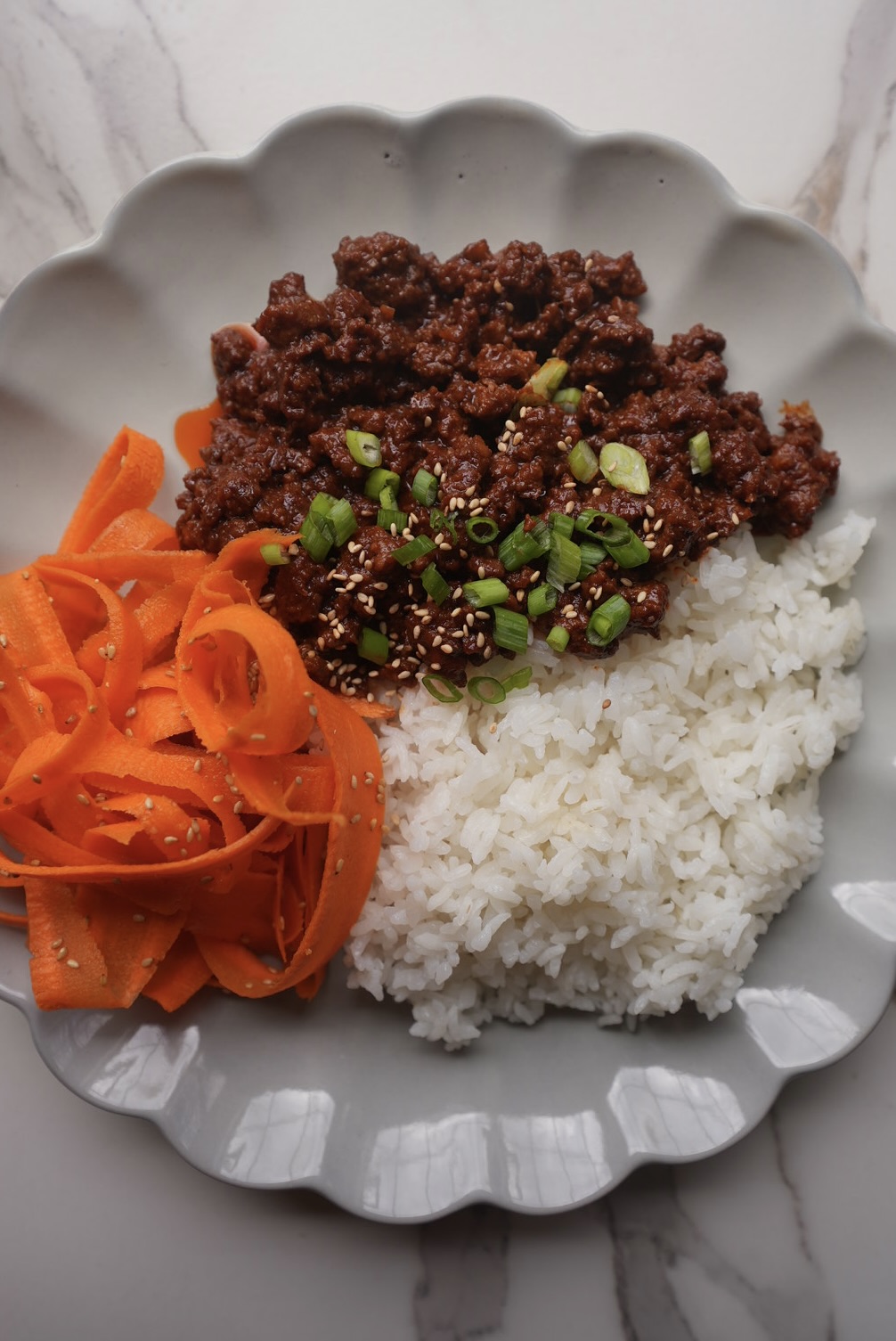
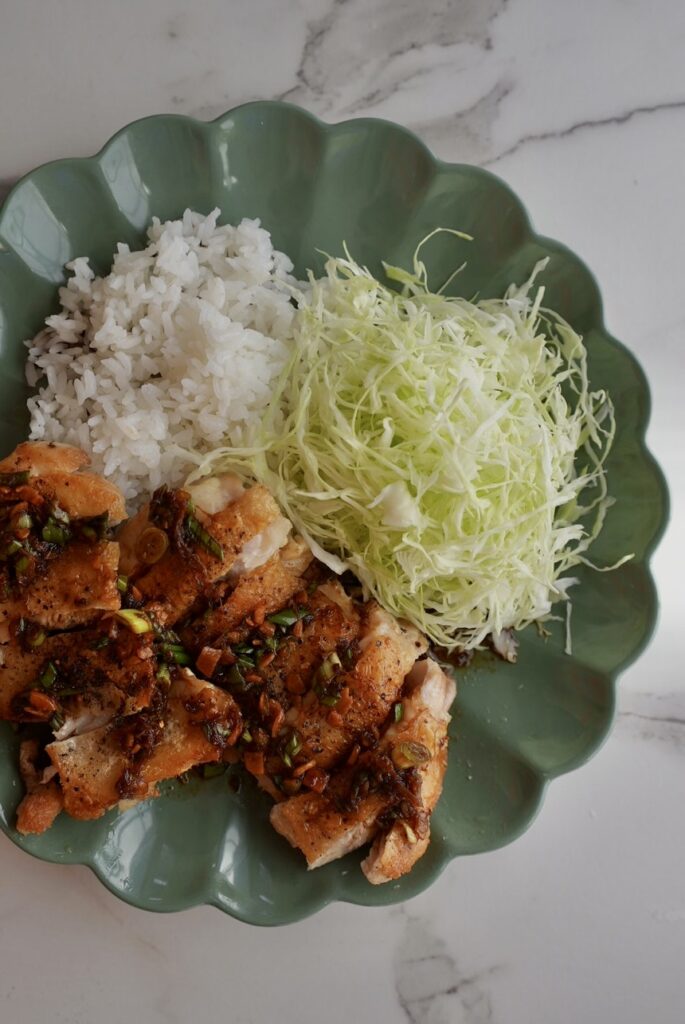
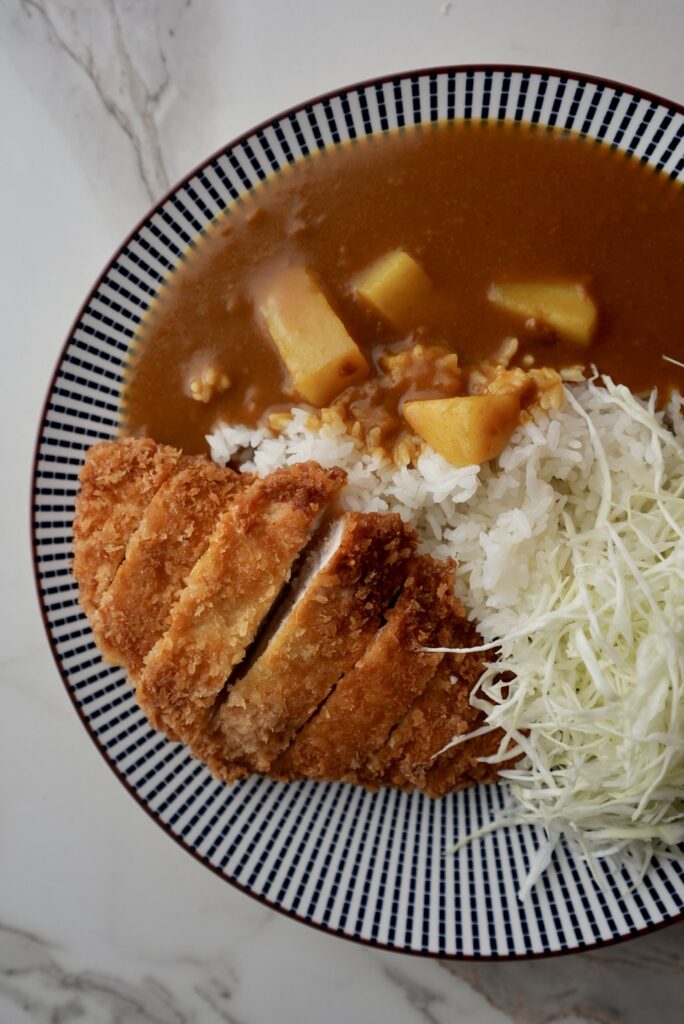

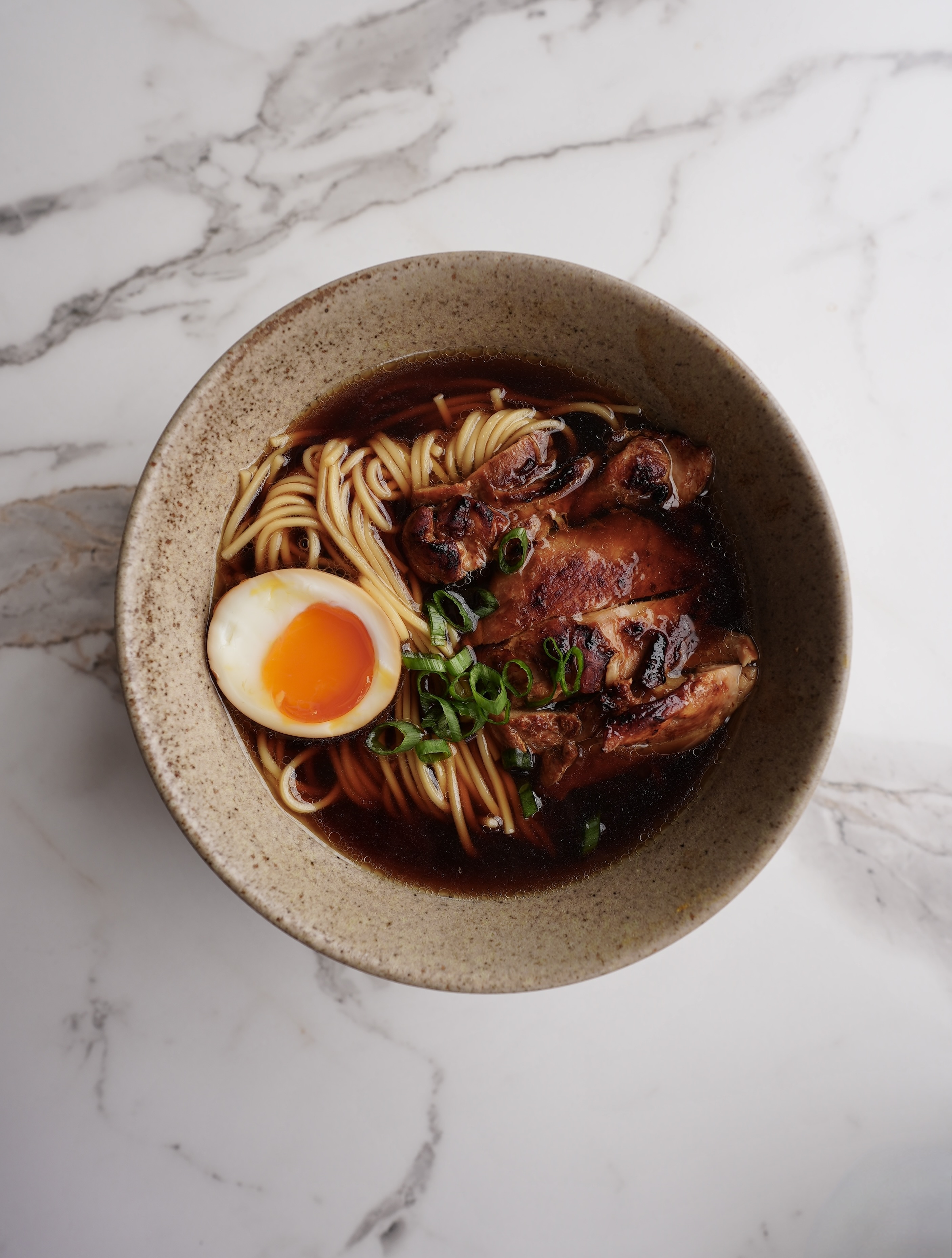




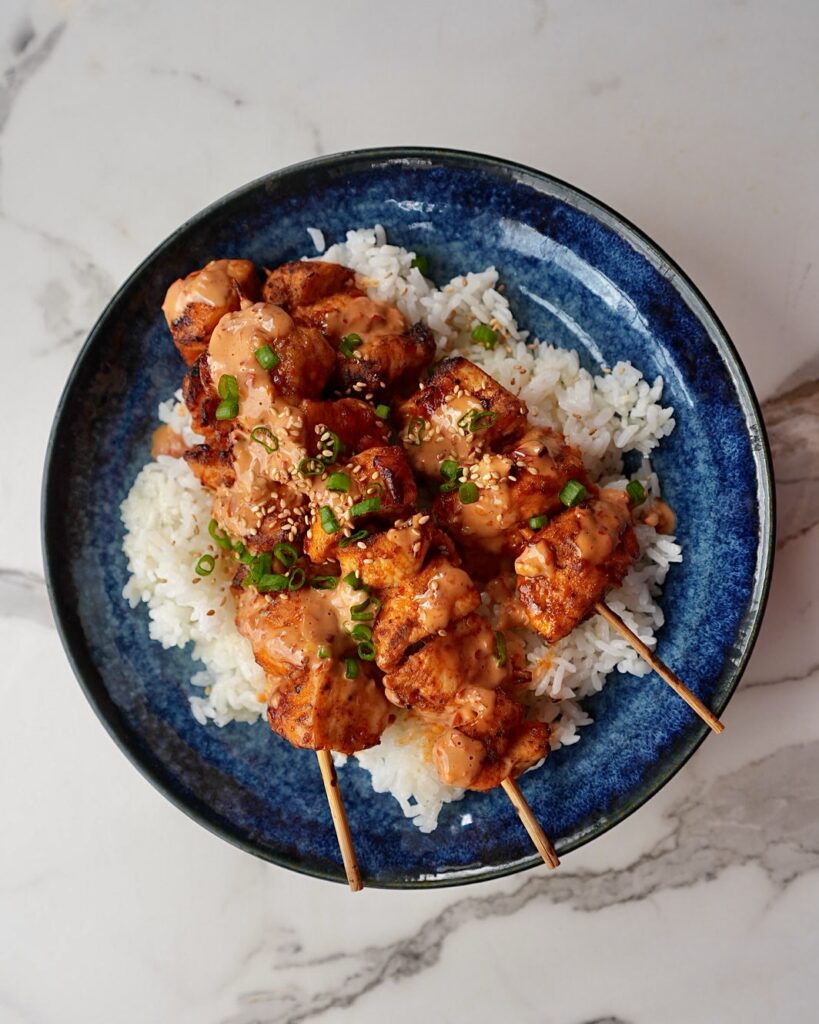
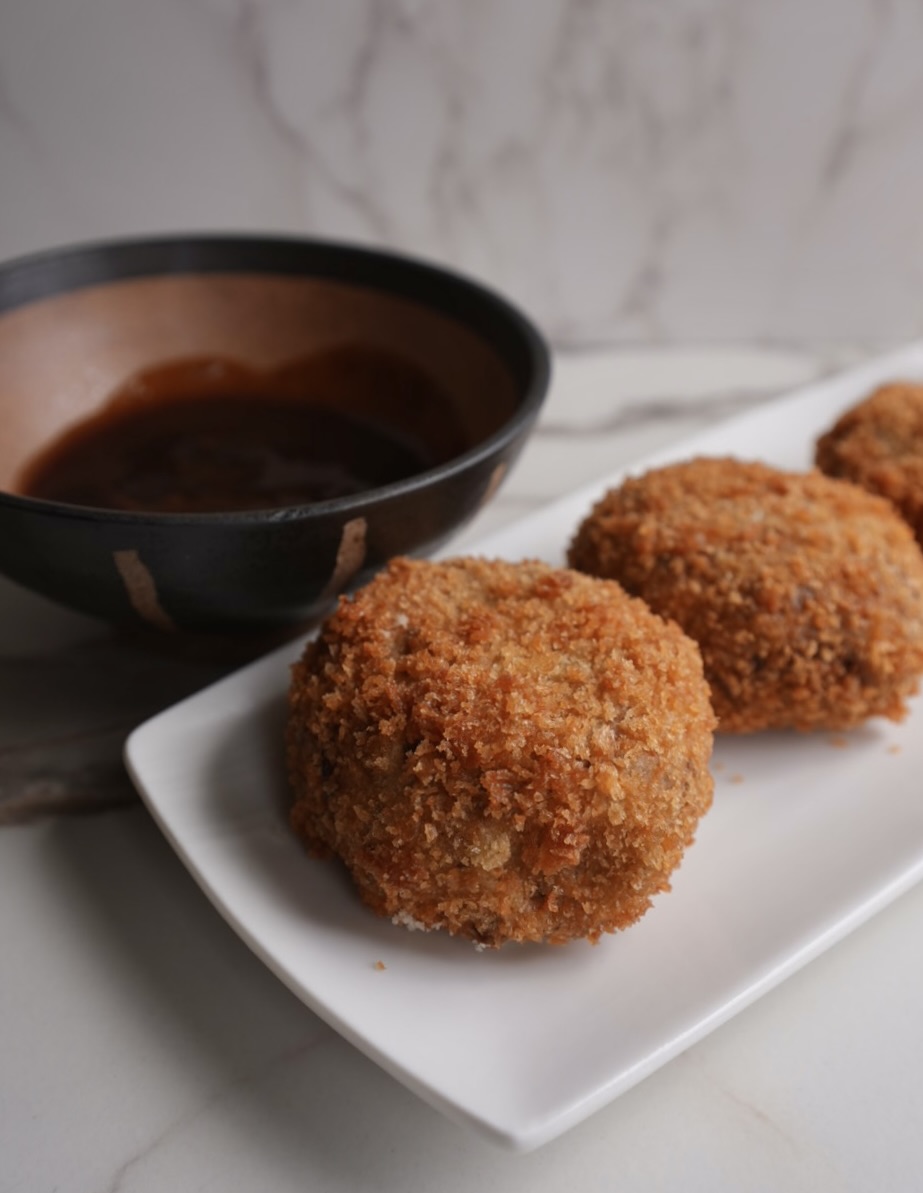



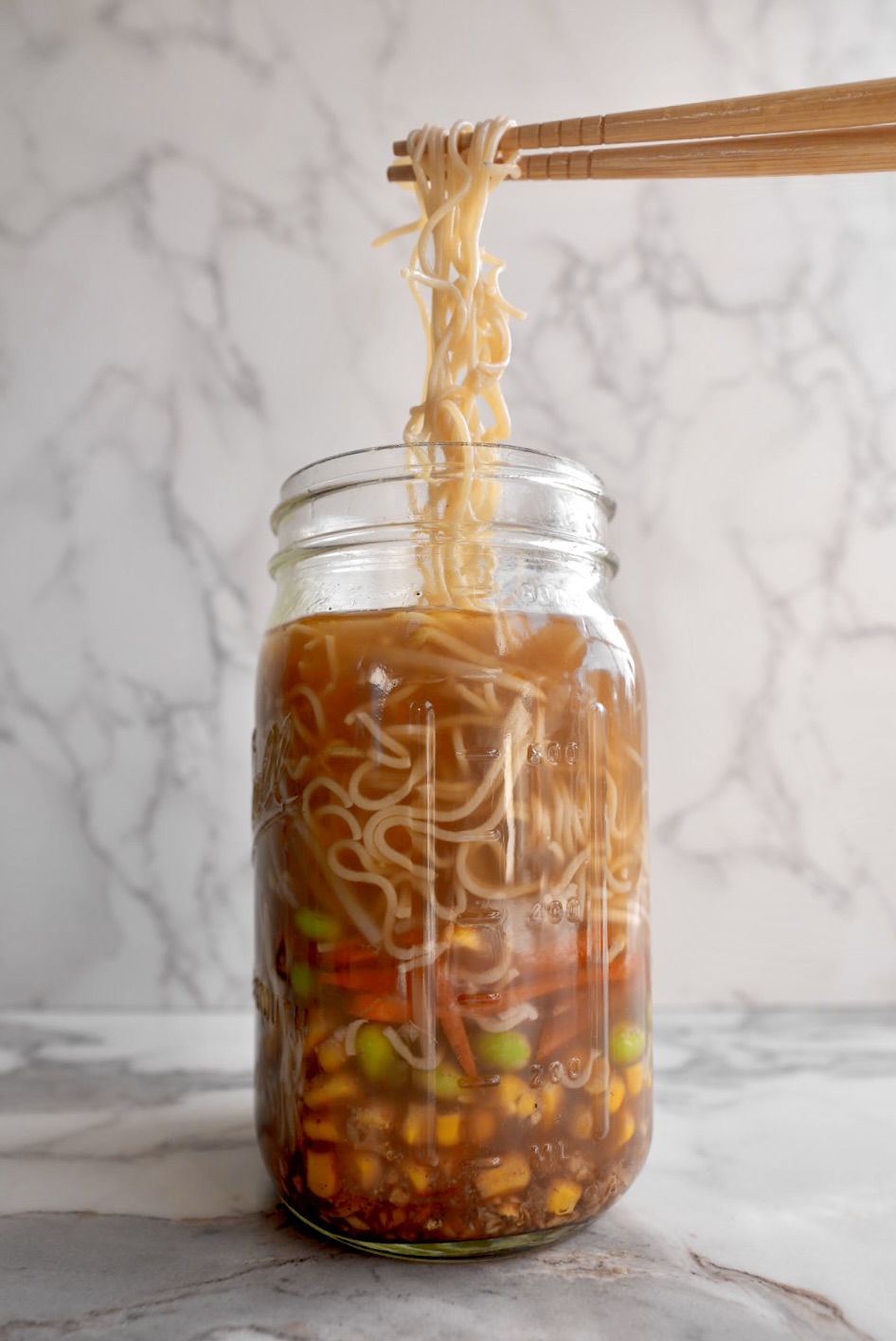
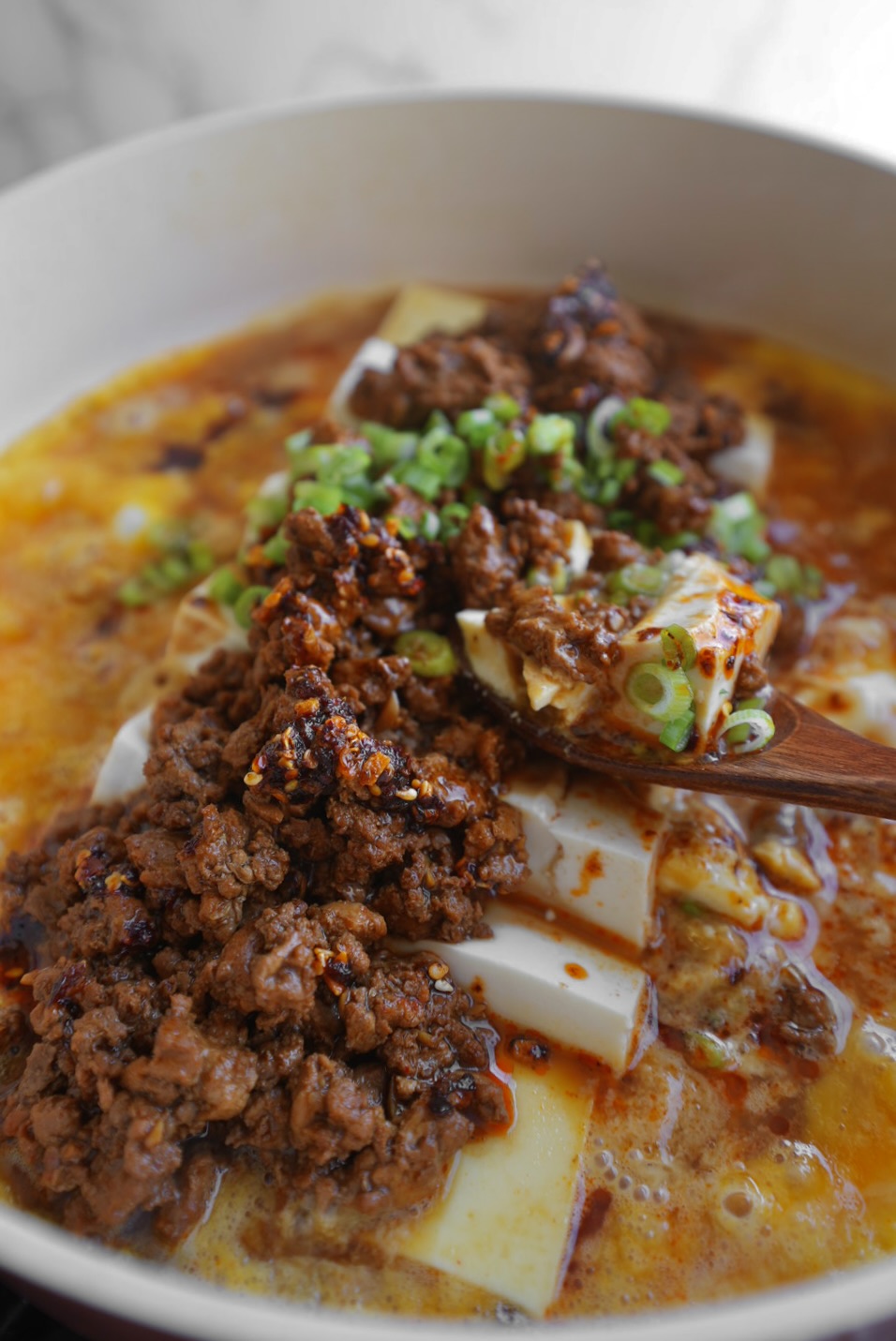
0 Comments